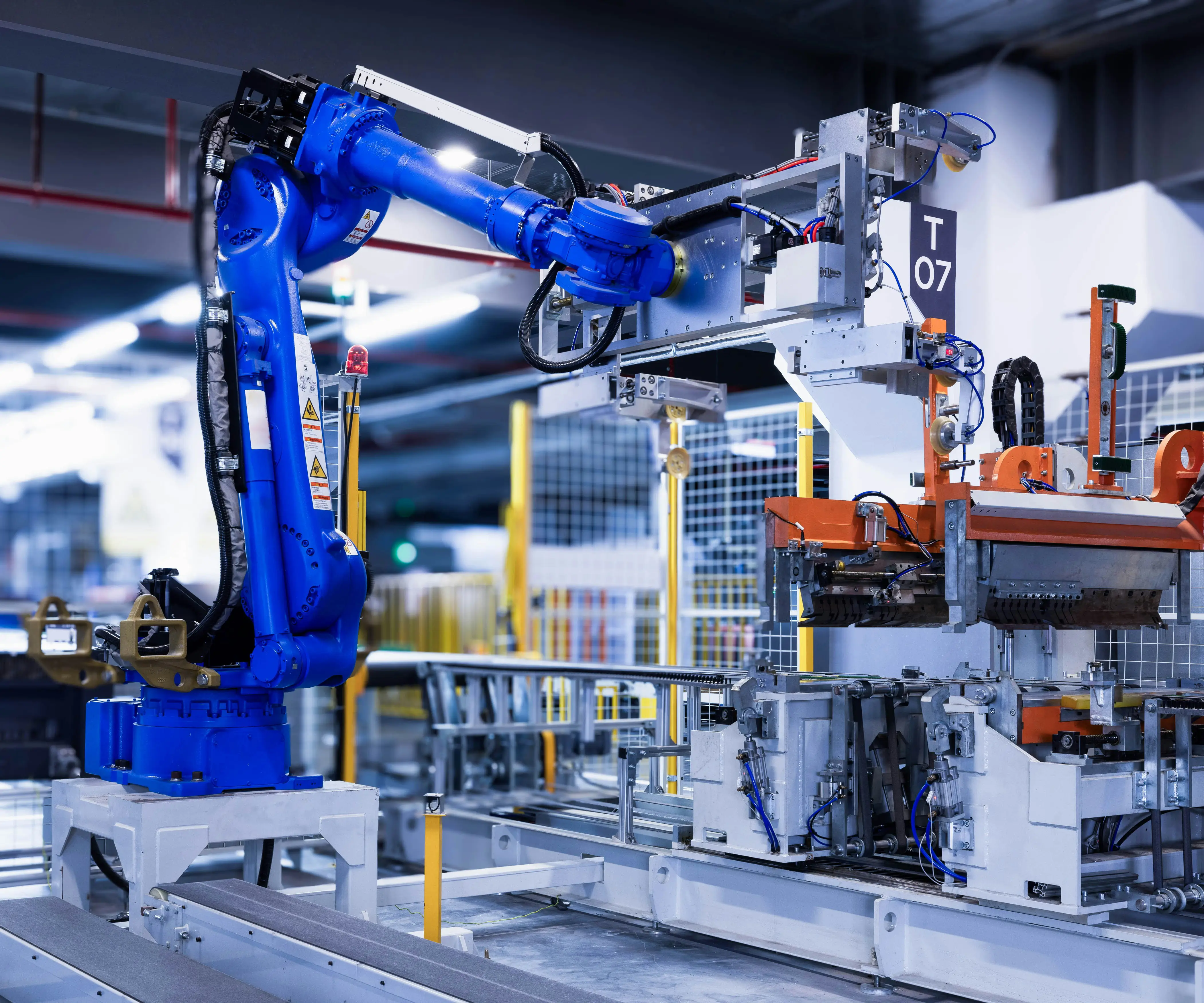part 1:
In the rapidly evolving world of machinery and automation, the drive toward smarter, more efficient, and reliable components is relentless. Among the stalwarts revolutionizing this landscape are brushless DC gear motors—compact, powerful, and meticulously engineered marvels that are redefining what’s possible in both industrial and consumer applications.

At their core, brushless DC (BLDC) gear motors are a marriage of two essential technologies: the high-performance, electronically controlled electric motor, and precision gearboxes that modulate speed and torque. This synergy creates a perfect blend of raw power and fine control, offering an unrivaled level of performance for a diverse range of tasks.
But what exactly makes brushless DC gear motors so special? To appreciate their significance, it’s necessary to understand the inner workings and the advantages that propel them above traditional motor systems.
First and foremost, BLDC motors utilize a design devoid of brushes—hence the name. Unlike brushed motors that rely on brushes and commutators to pass current, BLDC motors employ electronic commutation via sensors and sophisticated control algorithms. This eliminates many wear-prone components, resulting in longer lifespan and reduced maintenance needs. With fewer parts subject to wear and tear, the operational costs decrease substantially, making them a favored choice for both industrial setups and high-precision applications.
The core of a BLDC motor consists of stator windings and a rotor embedded with permanent magnets. When electricity flows through the stator windings, it generates a rotating magnetic field that in turn propels the rotor. The precise electronic control of the motor’s commutation ensures smooth, silent operation with excellent speed stability and minimal electrical noise.
Adding a gear reduction unit to this configuration not only amplifies torque but also fine-tunes the speed to match specific requirements. Gearboxes serve as the bridge between raw motor power and application needs, translating high rotational speeds into beneficial torque outputs at lower speeds—crucial for tasks demanding precision and strength like robotic joints, conveyor systems, and camera gimbals.
From a design perspective, brushless DC gear motors are highly versatile. They come in various sizes, power ratings, and gear ratios to accommodate an extensive spectrum of applications. Their modularity allows engineers to select configurations that optimize performance, cost-efficiency, and durability within their project parameters.
One of the standout features of these motors is their high efficiency. Traditional brushed motors typically waste a significant portion of electrical energy as heat due to friction and electrical losses in brushes and commutators. In contrast, BLDC motors operate with efficiencies often exceeding 85%. This means less energy is wasted, lower operational costs, and cooler running temperatures, which translate into longer device lifespan and potentially smaller cooling systems.
The durability of brushless systems is another aspect that sets them apart. With no brushes to wear down, they can operate continuously over extended periods without performance degradation. This resilience makes them especially suitable for mission-critical applications such as aerospace, medical devices, and high-precision automation systems where reliability is non-negotiable.
Environmental resilience further enhances their appeal. Brushless DC gear motors are less susceptible to environmental factors like dust, vibration, and moisture. Their sealed construction and absence of sliding contacts make them ideal for outdoor or harsh environments, from agricultural machinery to underwater robotics.
But these benefits are not just theoretical. Across industries, the adoption of brushless DC gear motors is skyrocketing. In robotics, for example, they enable smooth, accurate movement for robotic arms, enabling delicate tasks like medical surgeries or intricate manufacturing. In the automotive industry, they are powering electric power steering systems, window lifts, and even electric vehicle drives, thanks to their high efficiency and compact size.
In industrial automation, these motors are essential components in conveyor systems, sorting machinery, and packaging automation. Their ability to deliver precise control, combined with durability and energy savings, significantly improves overall operational efficiency.
As technological advancements continue, the future looks even brighter for brushless DC gear motors. Innovations like smart control systems, integrated sensors, and adaptive algorithms are making these motors smarter, more interactive, and easier to integrate into complex systems. Their role in the transition toward IoT-enabled automation is already underway, promising a future where machinery is more responsive, efficient, and sustainable.
In conclusion, the brushless DC gear motor stands as a testament to modern engineering—an elegant combination of electromagnetic efficiency and mechanical precision. Their ability to deliver high torque at low speeds, operate with minimal maintenance, and withstand challenging environments positions them at the forefront of next-generation machinery.
Stay tuned for the second part of this exploration, where we will delve deeper into applications, technological innovations, and the transformative impact of brushless DC gear motors across different sectors. We will also highlight some of the most exciting future trends that could redefine the landscape of motor technology in the years to come.
Established in 2005, Kpower has been dedicated to a professional compact motion unit manufacturer, headquartered in Dongguan, Guangdong Province, China.




































